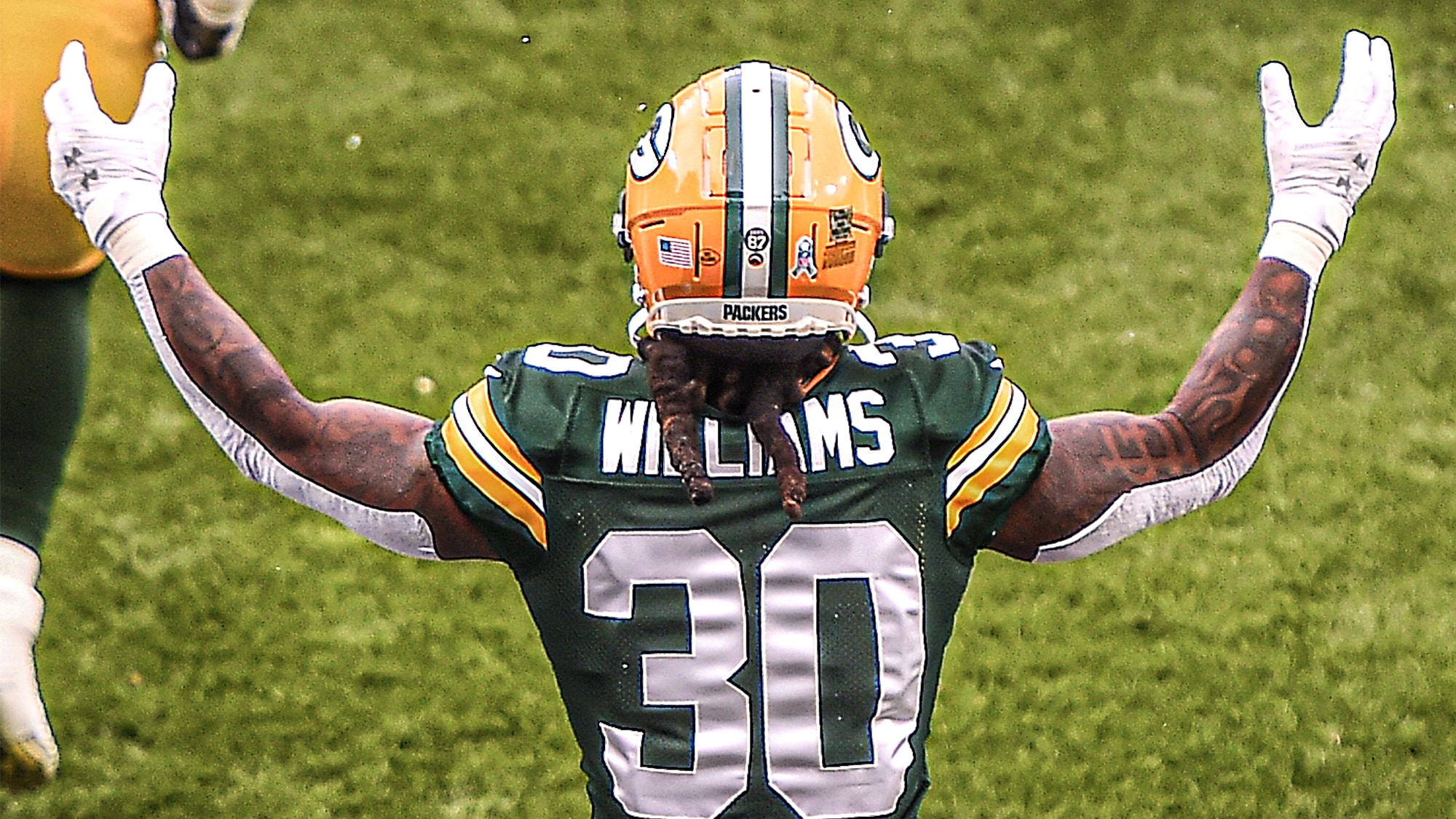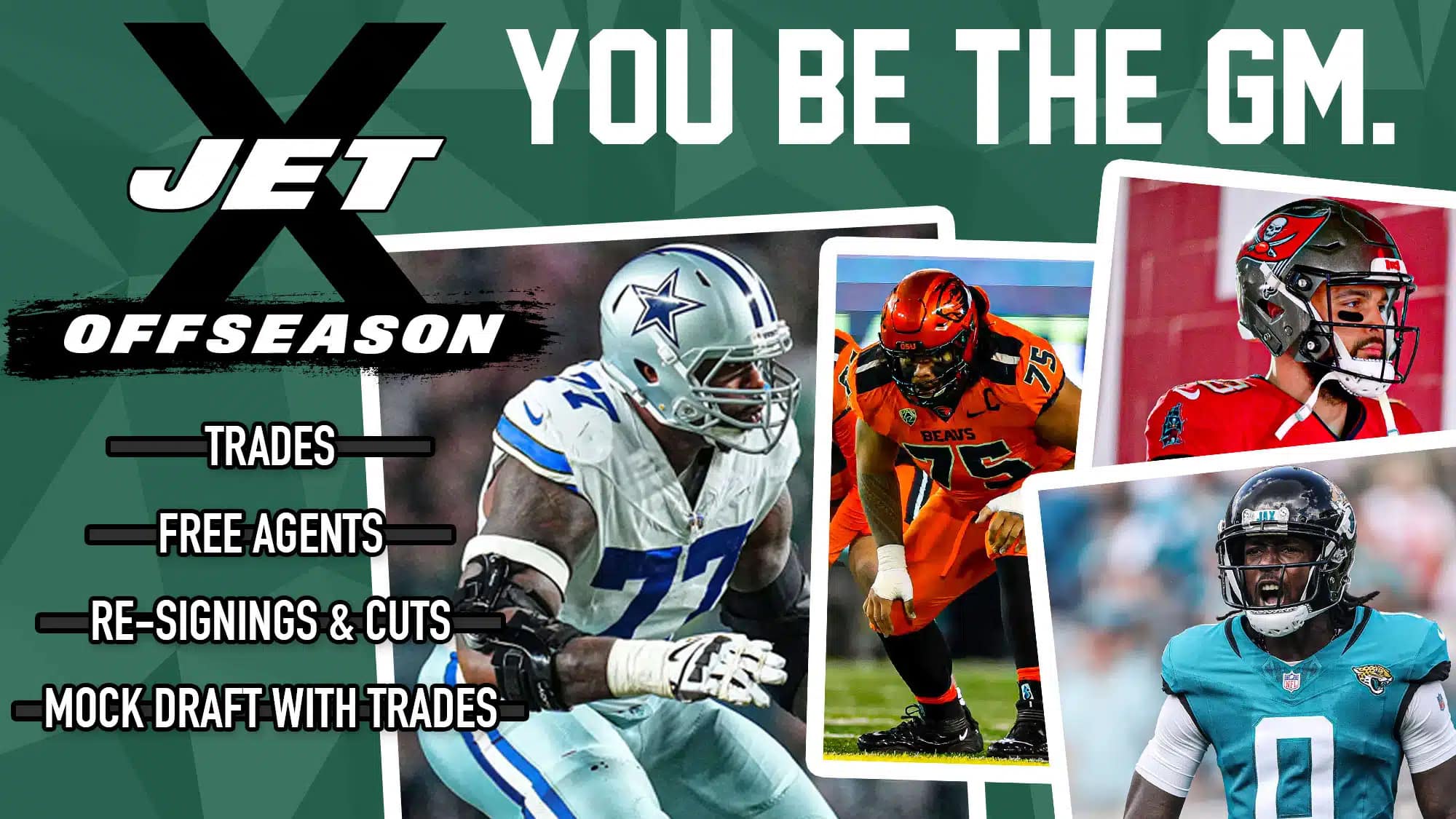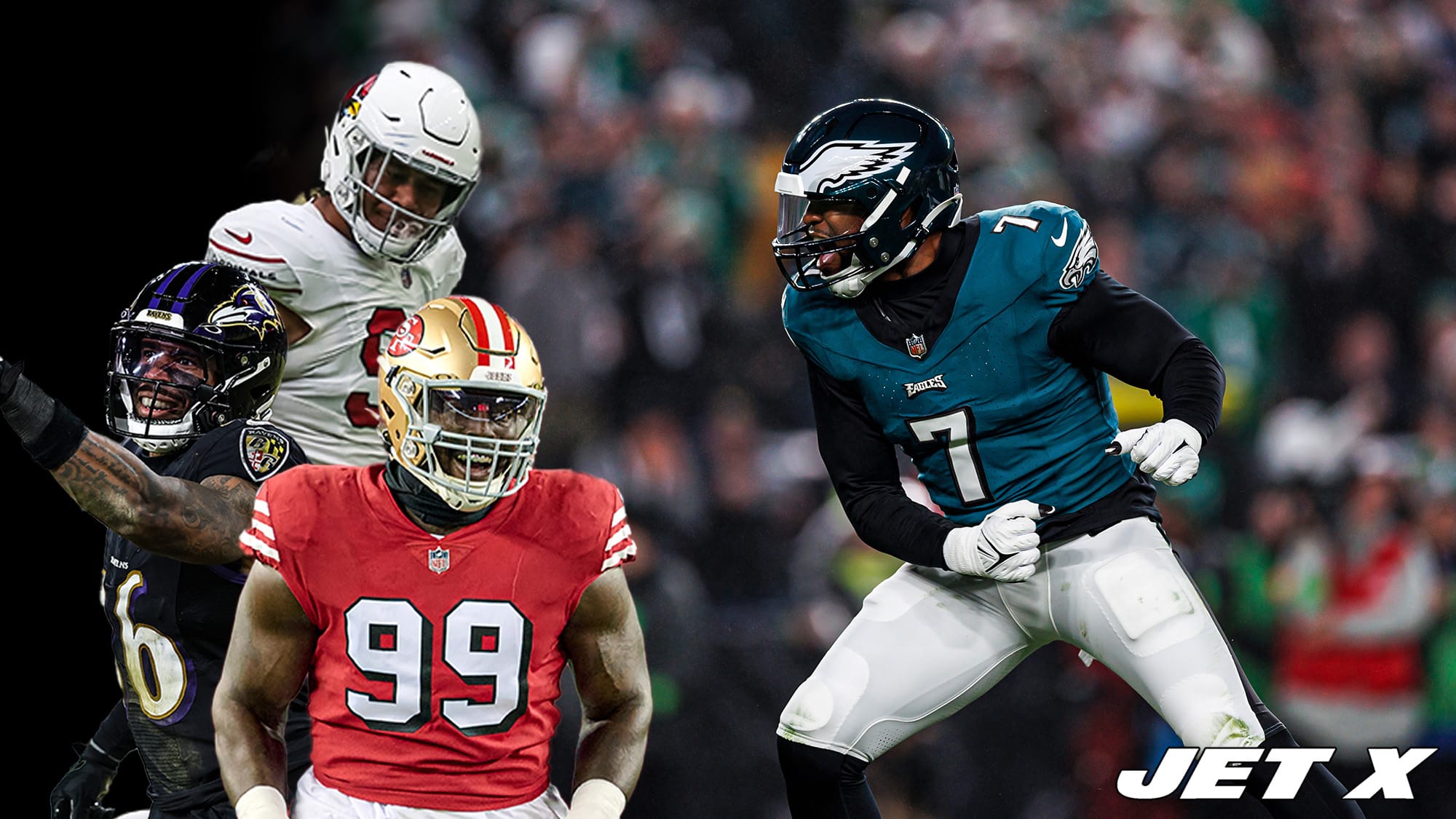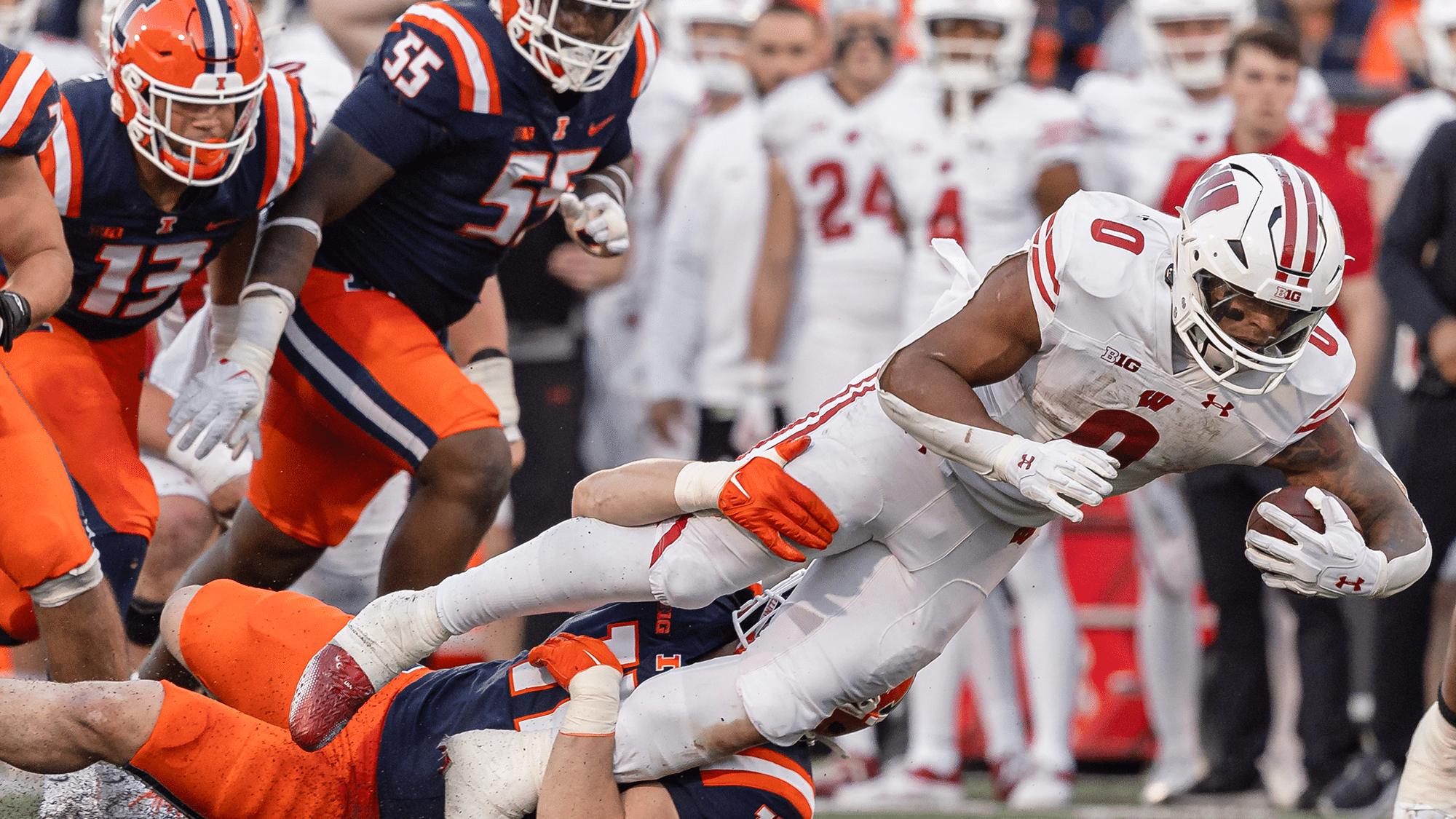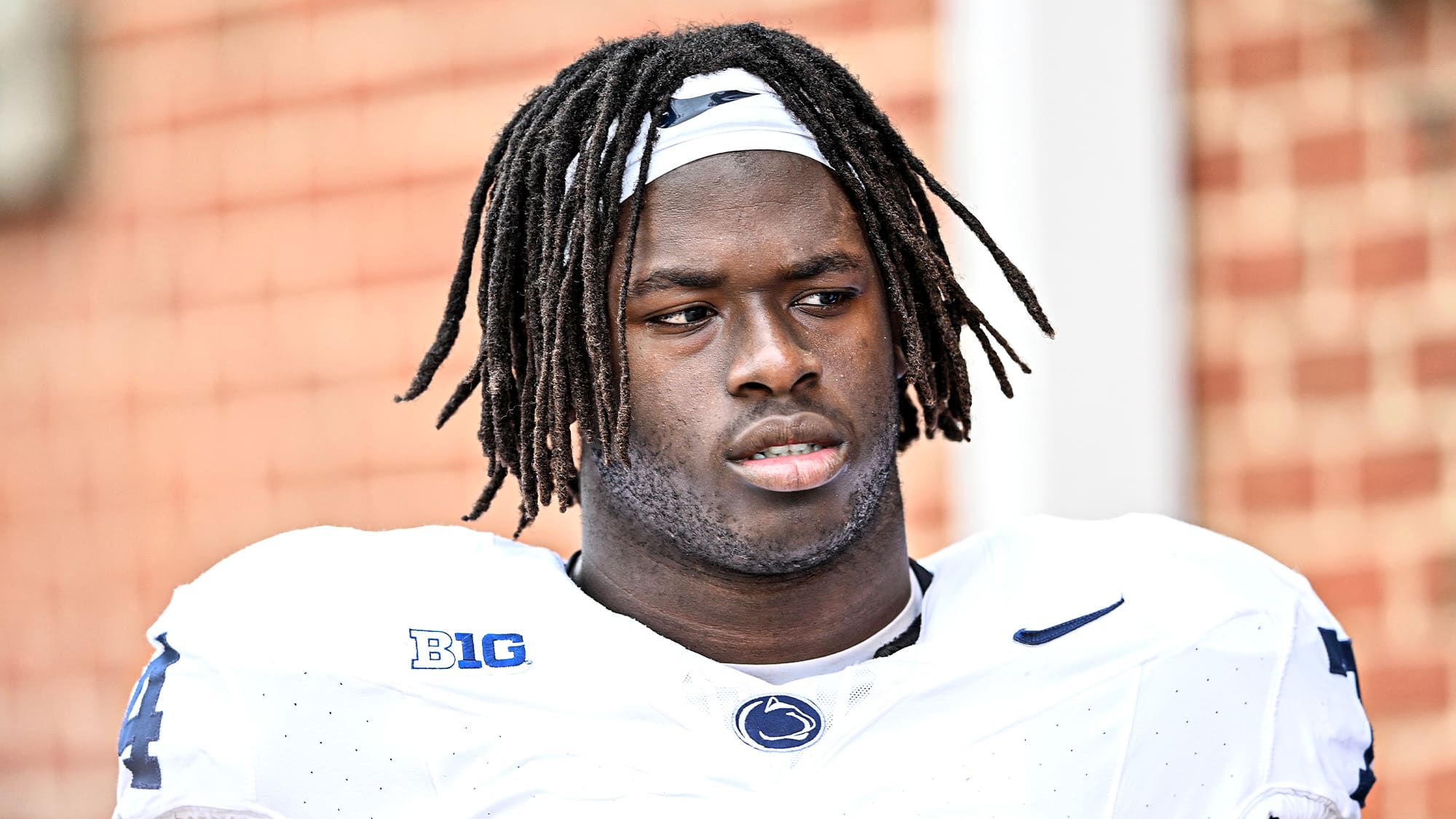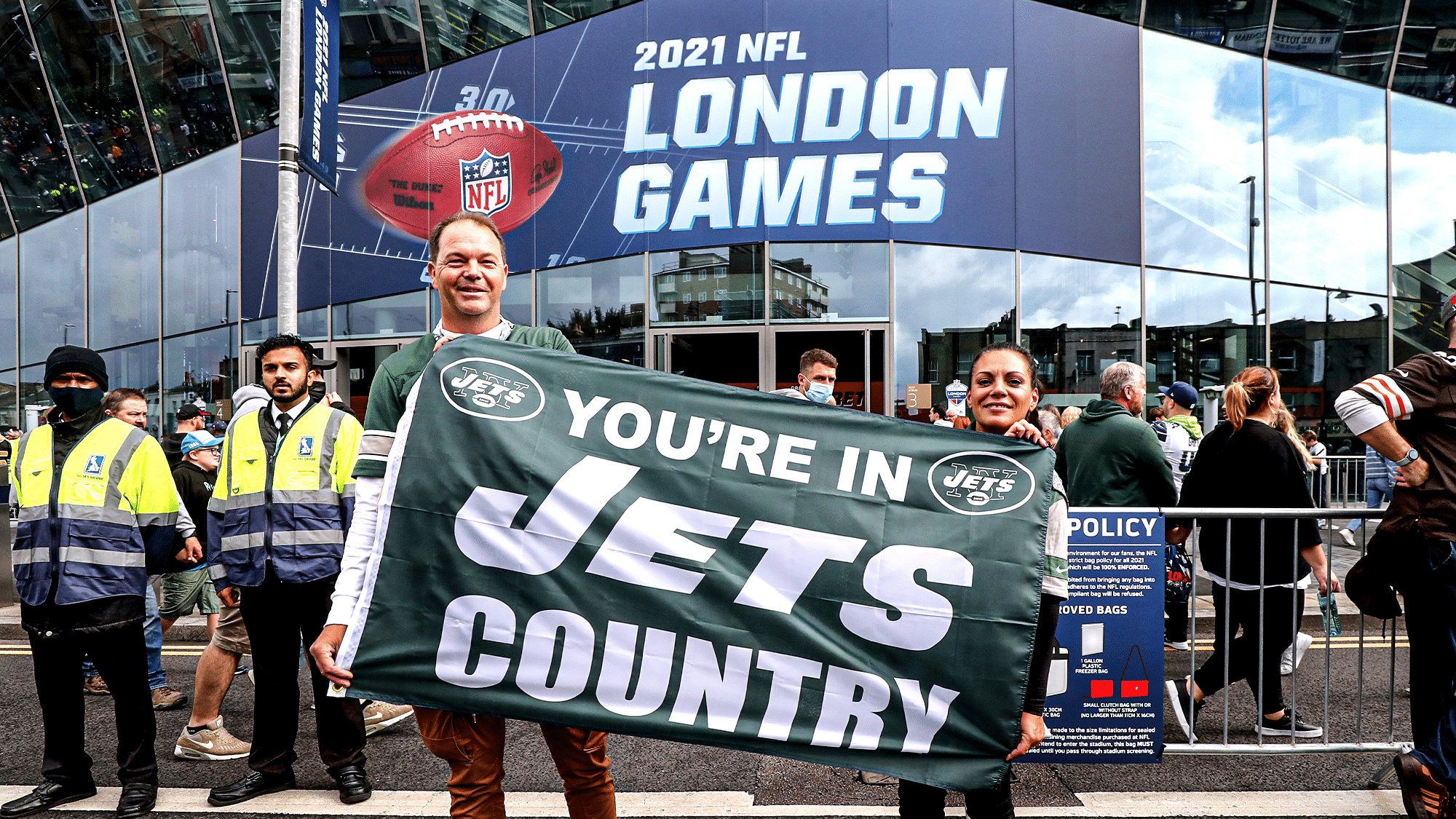Jamaal Williams is a jack-of-all-trades running back who could be a fantastic bargain for the New York Jets.
Positives
Ball security
There may not be a single running back in the NFL who can compare to Jamaal Williams when it comes to the fundamentals of the position. The BYU product has mastered the most unheralded aspects of playing running back.
Let’s start with Williams’ ball security. He cradles the football as if it were his own child. Over 652 career touches (regular season and playoffs), he has never fumbled the ball.
In 2020, the average NFL running back fumbled on 0.847% of their touches. If that rate were maintained over Williams’ career total of 652 touches, it would result in a total of about 5.5 fumbles. So, that is approximately the total number of fumbles that Williams has saved compared to league-average throughout his four years in the league.
Williams’ total of 622 career regular season touches without a fumble stands as the most among active players and the most by any player in the Super Bowl era (since 1966). While it will be extremely difficult for him to hold that record until retirement, he will remain the best protector of the football among the league’s running backs until proven otherwise.
Pass protection
Another fundamental facet of the position where Williams thrives is in pass protection. Over the course of his career, Williams has allowed 18 pressures over 267 snaps in protection, a rate of 6.7% that falls well below the 2020 league average for running backs (10.4%).
Williams’ career pass blocking grade at Pro Football Focus is a sparkling 76.6 (2020 position average: 53.1). In three straight seasons from 2017-19, Williams ranked top-10 in PFF’s pass blocking grade among running backs with at least 30 protection snaps (a group that usually includes around 50 players). In 2020, he posted a career-low grade of 61.0, but that was still good enough for 13th-best out of 49 qualifiers.
Green Bay made the most of Williams’ talent in this area by deploying him in protection quite frequently. Williams ranked top-16 among running backs in protection snaps in three of the past four seasons.
Play: 👉 the Jet X Offseason Simulator
Drops
Adding to his knack for avoiding big mistakes at a ridiculously good level, Williams has pillow-soft hands and catches almost everything that’s thrown his way.
Williams had a little bit of trouble with drops in his rookie season as he dropped three passes and caught 25 for a drop rate of 10.7%, higher than the 2020 positional average (7.4%). However, over his past three seasons, Williams has snagged 104 passes while dropping only three for a tremendous drop rate of 2.8%.
Receiving productivity
We’ve already discussed Williams’ elite pass protection and hands, so we know that he checks two of the most important boxes required for a running back to thrive on third downs and in other obvious passing situations. He’s got more to his receiving game than just the fundamentals, though. Williams is a very efficient receiving back.
Over the course of his career (regular season), Williams has pulled in 122 of 155 targets for 961 yards, eight touchdowns, and 42 first downs. With 50 conversions on 155 targets, his conversion rate of 32.2% is well above the 2020 going rate for running backs (24.9%). He has surpassed the 24.9% mark in all four of his seasons.
Williams has posted a positive receiving DVOA (defense-adjusted value over average, via Football Outsiders) in three of his four seasons. He ranked 16th out of 50 qualifiers with a +14.2% mark in 2020, and in 2019, he ranked seventh out of 49 qualifiers with a mark of +27.4%.
Age
Williams will turn 26 years old in April. His mileage is relatively low, as he has taken on a career average of 163.0 touches per season (10.2 per game).
Scheme fit
In a Packers offense coached by Matt LaFleur, brother of Jets offensive coordinator Mike LaFleur and a fellow disciple of the Shanahan coaching tree, Williams gained plenty of experience in the wide-zone run scheme that the Jets are likely to employ.
Durability
Williams has a reliable track record of durability, playing in 64 out of 68 (94.1%) possible regular season and playoff games for the Packers from 2017-20.
All four of the missed games came over the past two regular seasons. Williams missed two games in 2019 at separate points of the year, one due to a concussion and one due to a shoulder injury. In 2020, he missed one game due to COVID-19 and another due to a quadriceps injury.
Williams returned for the next game following all four of the aforementioned ailments.
Negatives
Elusiveness and explosiveness
Williams’ game is based around intelligence, fundamental soundness, and consistency rather than flair. He is not great when it comes to evading tacklers or producing enormous plays.
As a rusher, Williams’ career average of 0.105 broken tackles per carry is decently below the 2020 positional average of 0.141, while his career average of 2.59 yards after contact per carry is also below the 2020 positional average of 2.88. Williams posted marks of 0.116 and 2.72, respectively, in the 2020 season (playoffs included).
In the passing game, Williams has averaged 0.194 broken tackles per reception, below the 2020 positional average of 0.215. He had a 0.200 mark this past season.
The longest rush of Williams’ career was a 45-yarder in 2019. Other than that, he doesn’t even have another 30-yarder under his belt.
Williams caught a 54-yard touchdown and a 30-yard touchdown as a rookie in 2017 but hasn’t been able to snatch another 30-yard reception since.
Look for Williams to provide the bulk of his impact through his fundamentals, and as a ball-carrier in both phases, he wins with consistent chunk gains and good vision rather than home runs and highlight-reel moves.
Other notes
Decent rushing production
Williams’ career production as a rusher isn’t awful, but it isn’t anywhere near eye-popping. He has carried the ball 500 times for 1,985 yards, 10 touchdowns, and 99 first downs. That’s just 3.97 yards per carry – the 2020 NFL average for running backs was 4.38. With 109 conversions, his conversion rate of 21.8% is also below the 2020 positional average (23.7%).
However, since LaFleur became the engineer of Green Bay’s offense in 2019, Williams’ rushing production – at least in the box score – has greatly improved. After averaging 3.72 yards per carry from 2017-18, Williams has averaged a far more respectable 4.27 yards per carry over the past two seasons.
When it comes to DVOA, Williams has actually been above the median among qualifiers in all four of his career seasons despite his lackluster yardage numbers, but he has never quite been elite.
- 2020: +2.9% DVOA (22nd of 47 RBs with 100+ carries)
- 2019: -1.5% (21st of 45)
- 2018: +1.8% (22nd of 47)
- 2017: +7.4% (12th of 47)
It’s also worth noting that Williams was running behind a Packers offensive line that has been among the league’s best, so it’s not as if he was hampered behind a bad line and has untapped potential that could be unlocked behind a better one. His new team’s offensive line will most likely be worse.
You count on Williams for effective, better-than-average rushing, but he isn’t a game-wrecker in this phase.
Film
How are we going to start off this film review of a running back? With a pass protection rep, of course!
Williams’ pass blocking makes him a fantastic asset for any offense on third downs. On a third third-and-5 play, Williams picks up the unblocked blitzing linebacker through the A-gap and completely stonewalls him, not giving up an inch of penetration from the point of contact. Thanks to Williams, Aaron Rodgers gets a pristine pocket that he uses to find Davante Adams for 48 yards. Rodgers and Adams get the glory and the fantasy points, but Williams’ great block is the first domino that had to fall for this big play to happen.

